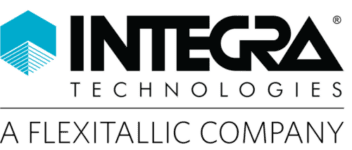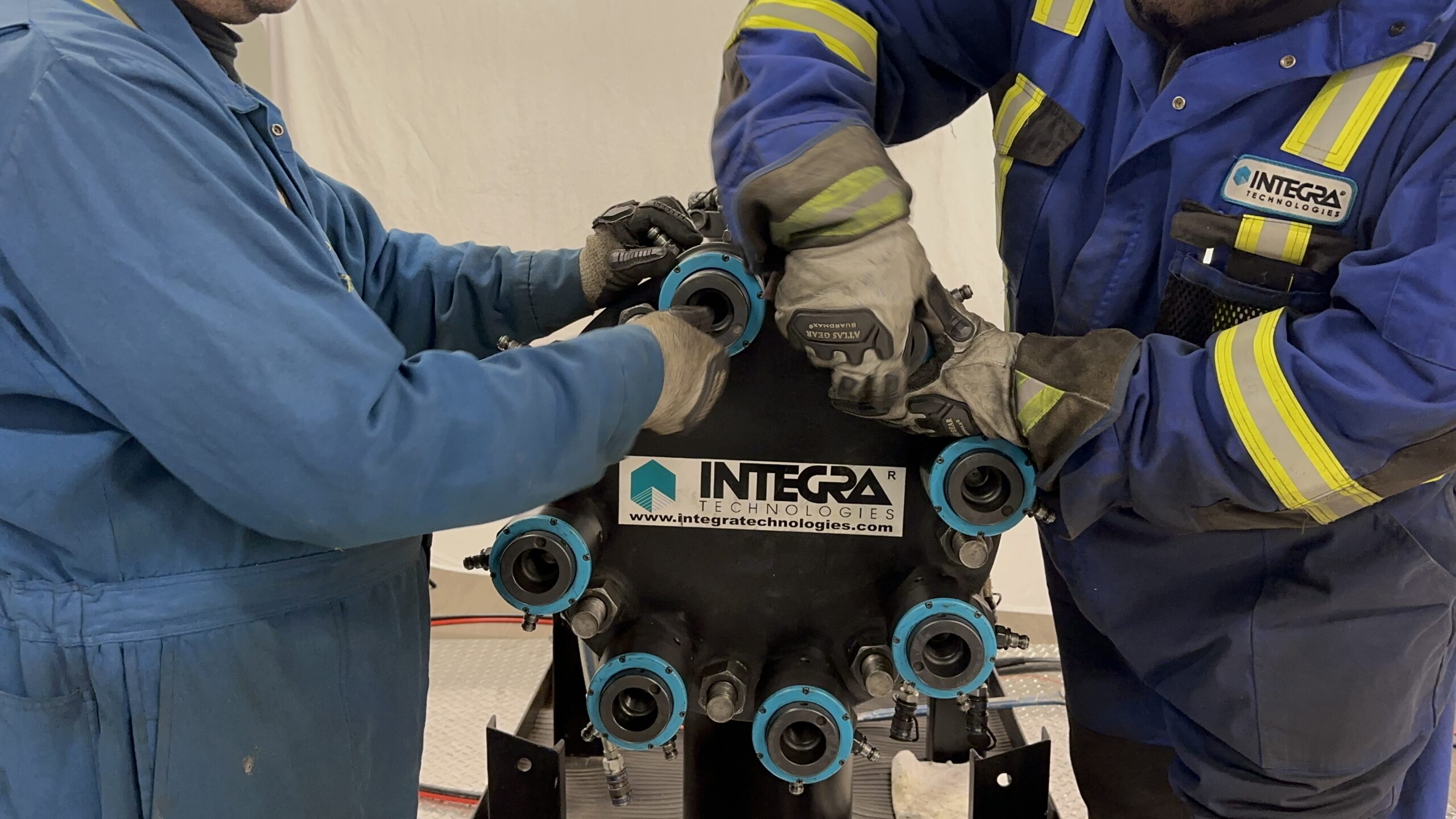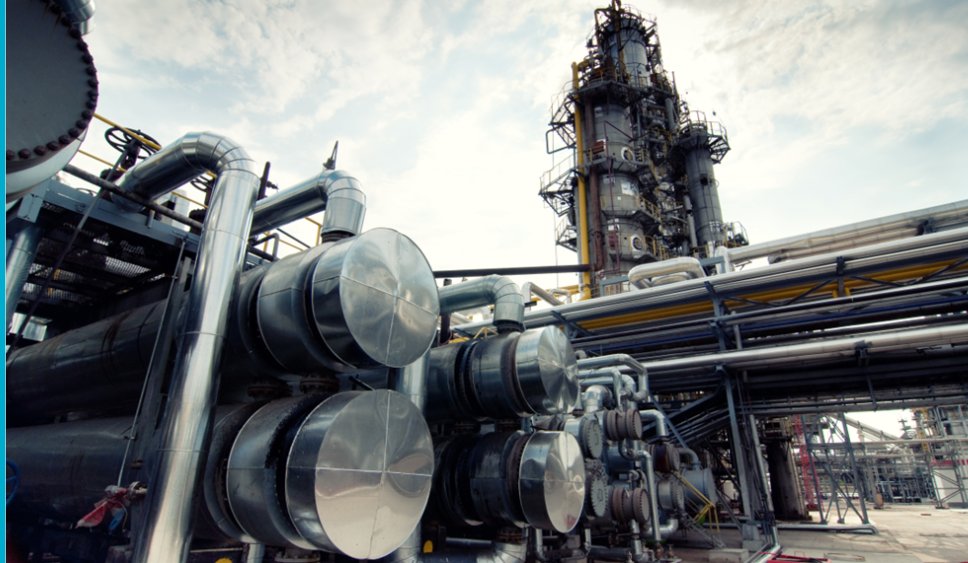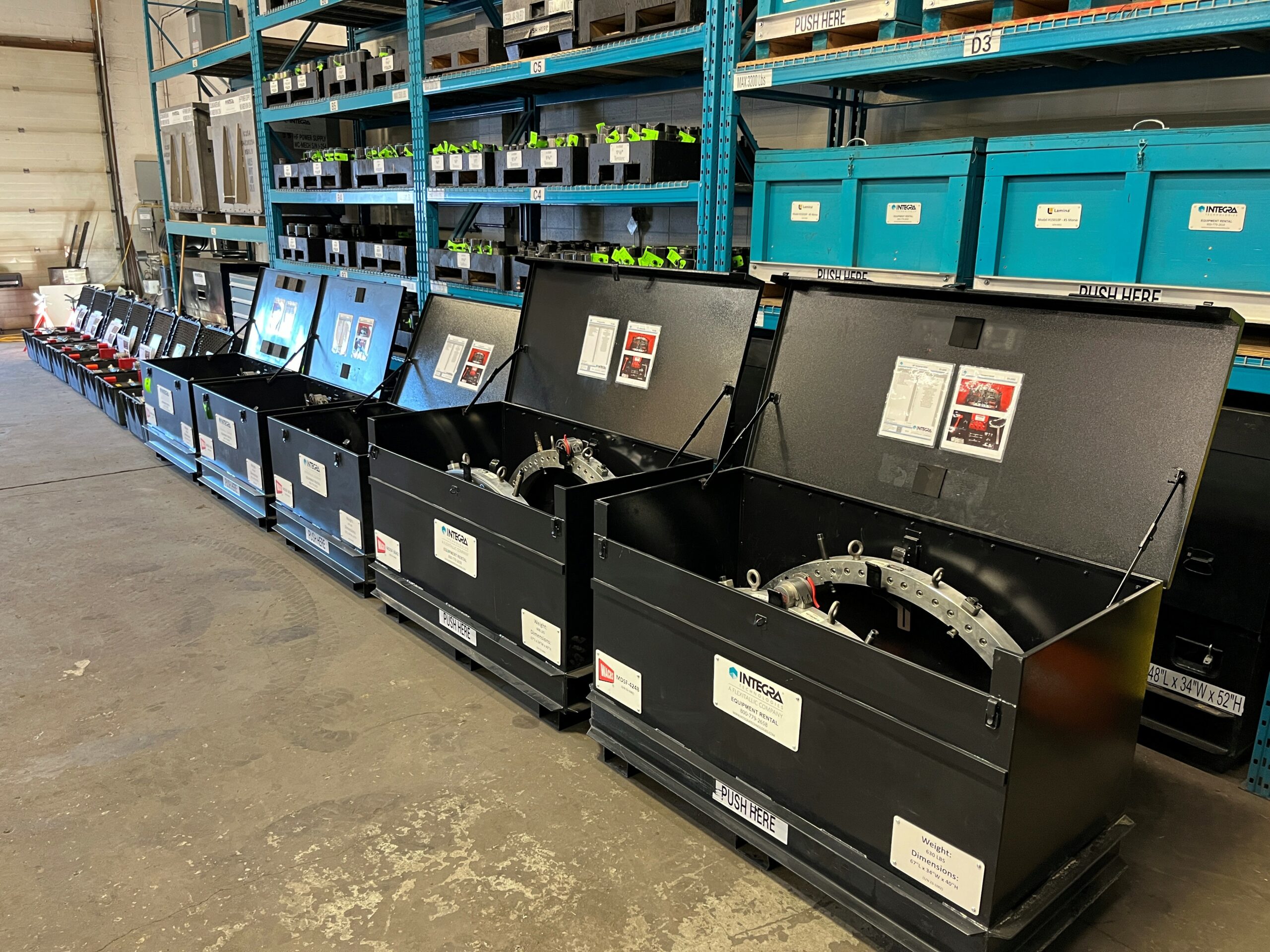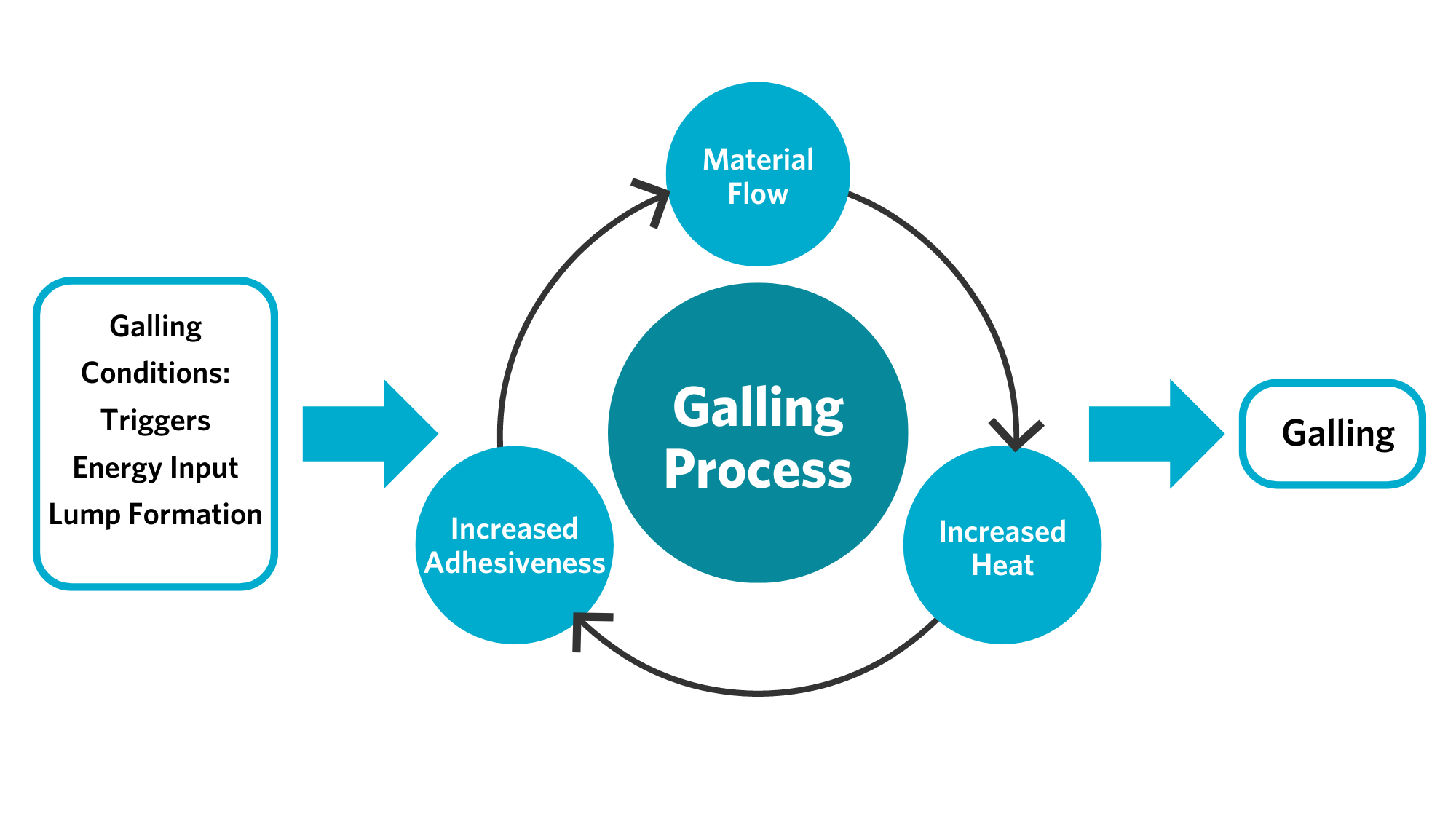Custom Tensioners at INTEGRA Engineered Products:
An interview between Michael Psimas, PhD and Ryder Britton
Ryder Britton: Thanks for taking the time to chat about our Custom Tensioning capabilities, Mike. To start things off, are there any common misconceptions you run into with custom tensioners?
Michael Psimas: A lot of times customers will review spec sheets and automatically rule out tensioning because either the studs are too large, standard tensioners don’t fit, or they can’t hit the load targets that are needed. And, while that may be true for most standard designs, INTEGRA Engineered Products designs, produces, tests, and delivers all our tools in-house.
RB: How long has INTEGRA been designing custom tensioners?
MP: We have been designing custom tensioners for challenging applications for over 20 years. It is part of what we do every day. Even when you have 5″ or 6″ studs and you need to put 2 million pounds of force on them, you can still get the benefits of tensioning and spend less money in the long run. In fact, tensioning just becomes more and more advantageous when the bolt size and loads go up.
RB: Can you give any concrete examples of what you mean by that?
MP: Sure. We had a North American refinery approach us about tensioning some Italian-designed, Nuovo Pignone exchangers. These exchangers had the trifecta: studs up to 5″, tight space requirements, and high bolt loads. So, of course, no one’s standard tensioners fit because they usually top out at 4″ studs, but they still wanted the benefits of tensioning. They knew custom tensioners are a big part of what we do every day, so they asked us for help with tools for 15 different applications. We started in on it and quickly realized we had a good opportunity here. Not only could we accommodate each application, but with some clever design work, we could produce common tools that could be shared between applications.
RB: What do you think made you so successful in this custom application?
MP: Because we’re not purely a products company or purely a service company, we were able to take it a step further. Our location manager was able to draw on his controlled bolting experience with this customer and guide them to a better spot, he knew, “sure, you have these 15 applications on this turnaround. But 2 and 4 years down the road, you have this other unit where you’re going to have 10 more that you’re going to have to deal with”. By having that foresight and familiarity with his customer, we were able to design common tools that not only covered the original 15, but also the additional 10 with only 4 basic tool designs and 3 extra puller and bridge kits. And now they will not have to buy anything else to cover the turnarounds that are coming up in the next few years. Engineering expertise alone is not sufficient to produce the most optimal solution. And the combination of engineering capacity and controlled bolting experience really does end up benefiting everyone involved. Overall, it is important to remember that just because a standard tool will not fit, it doesn’t mean we can’t get the benefits of tensioning.
RB: How about another example? I remember you did some neat work with a custom spring retract tensioner for a blowout preventer (BOP).
MP: Oh yeah, those were some massive tools. The customer had 5″, 135ksi studs loaded up to 100ksi bolt stress. We had to put close to 2 million pounds of force on each stud. And with a 96″ grip length, we stretched these studs close to 3/8″. On top of that, the end cap we were tensioning against had an open, recessed design. Because of that, 40% of this tensioner’s base was cantilevered out over an unsupported section and, as you can imagine, tensioner design is 100 times easier when everything is axisymmetric. In our calculations, FEA simulations, and designs, we had to account for this rare potential failure mode that essentially this outer wall deforming out since you don’t have a supported base. So, we added reinforcement to the unsupported section for additional constraint. We employed custom heat treatment for the combination of strength and elongation we were seeing and we produced a really impressive tool.
RB: Did anything make this project a success other than the impressive specs and high capacities?
MP: Absolutely, and it was the side of tool design that engineers who only exist in front of a computer might miss. Namely: handling, ease of use, and safety. First, this is 186 lb puller, there is no way you could manipulate these individually in a timely manner. It would be way too cumbersome. So, we have a double captured puller that cannot fall out and these are mounted to the end cap as a single unit. The result is a more robust and easier to use system. Second, there is close to 100 square inch of pressure area in these.Trying to evacuate the hydraulic fluid between uses by manually turning down a 186 lb puller would wear out a crew fast and everyone knows what would happen…
RB: Well, don’t leave me in suspense, what do you think would happen?
MP: After the second one, people would just start banging and doing whatever they could to speed it up. So, these are fully spring retract so they reset to zero stroke automatically. And they have double redundant catch mechanisms to dissipate the spring energy if this was ever dropped. Even with spring retract that takes a good ten minutes to fully evacuate all the hydraulic fluid. We have both max stroke and zero stroke indicators so the user knows when they’re good to go again. They’re not sitting there trying to guess if this puller is still moving or not. We really made it so the crew see that the fastest, easiest, and best way to use these are to use them exactly how they are designed to be used. The tool is working for them instead of them having to fight it. Third, since the piston and pullers can move, there is not one fixed center of gravity. Thus, we intentionally offset the lifting points from that center of gravity range so 3 straps can be triangulated and will maintain the tool in the horizontal position no matter what.
RB: Very impressive, thanks for sharing all this information. Overall, what do you think makes INTEGRA Engineered Products an essential partner to your clients?
MP: It takes a certain level of expertise just to overcome the unique engineering challenges, but you can’t stop there. Even though all these features seem small, they add up to a much different experience actually using the tool. Having the context and experience of the service side of INTEGRA to feed information into the actual usage cases for these tools is an invaluable resource.
